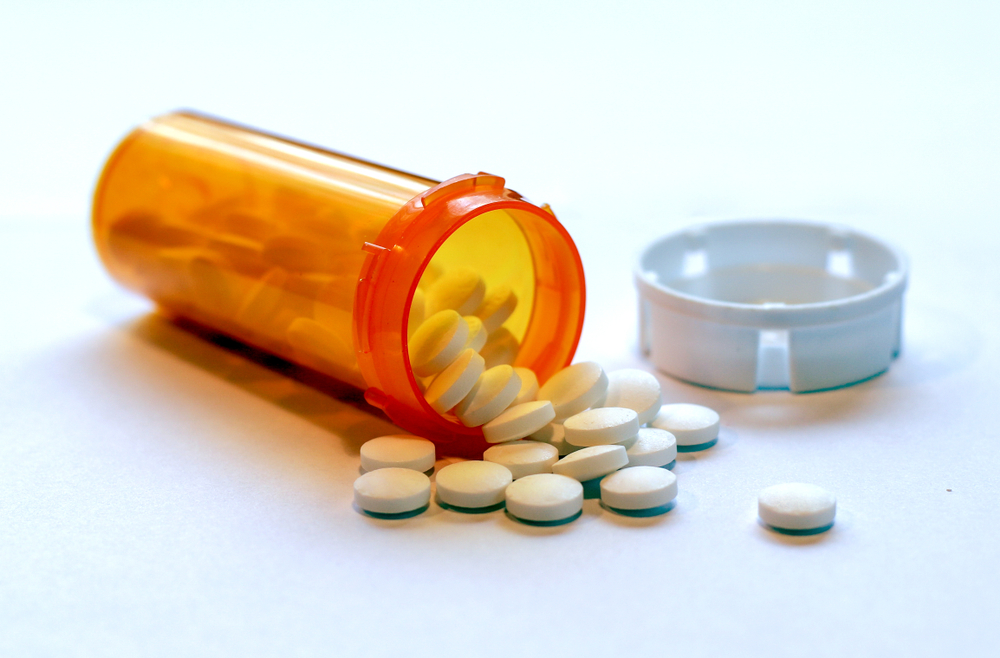In 2016, dispatchers in my hometown of Mansfield — a Rust Belt city in rural North Central Ohio — fielded over 363 overdose-related police calls. The community organized an opiate response team, created to help individuals following an overdose, which could only respond to those experiencing their second overdose. Around the country, small towns and rural communities are making heroic efforts to prevent opioid-related overdose deaths. But matching action by the federal government has been lacking, leaving many rural communities without basic resources for effective treatment. Mansfield, like many rural communities, is over a one-hour drive from the nearest methadone clinic — the only place in the United States where this life-saving medication can be prescribed and dispensed.
A decade into the opioid epidemic, there remains a well-documented shortage of access to methadone and the other medications for opioid addiction. This problem is most acute in small towns and rural communities like Mansfield. Methadone prescribing facilities tend to be concentrated in urban areas, and the availability of the drug steadily diminishes in the transition into suburban and rural areas, where health care funding and resources are spread over a greater geographic area.
Your patients are rating you online: How to respond. Manage your online reputation: A social media guide. Find out how.



